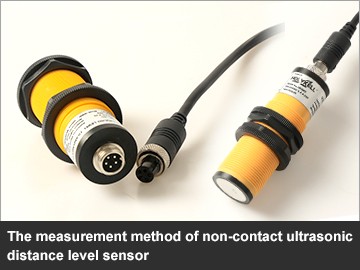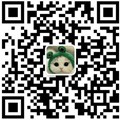The measurement method of non-contact ultrasonic distance level sensor
There are so many users who are full of doubts about the measurement method of non-contact ultrasonic distance level sensors. Because most industrial measurements (level or well depth) require non contact ranging to achieve measurement goals. In fact, there are currently two commonly used ultrasonic distance solutions: one is based on single-chip or embedded equipment ultrasonic distance system, and the other is based on CPLD (Complex Programmable Logic Device) ultrasonic distance system. Both ultrasonic distance methods are based on its working principle.
The working principle of non-contact ultrasonic distance level sensor is to transmit ultrasonic waves in a certain direction through an ultrasonic transmitter, and start timing at the same time as the transmitting time. When the ultrasonic waves propagate in the air, they will immediately return to the obstacle. However, the ultrasonic distance sensor uses the ultrasonic echo ranging principle and uses accurate time difference measurement technology to detect the distance between the sensor and the target.
There are various methods for ultrasonic distance level sensor at present: such as round-trip time detection, phase detection, and acoustic amplitude detection. Its principle is to transmit sound waves of a certain frequency through an ultrasonic sensor, propagate through the air medium, and reflect back after reaching the measurement target or obstacle. After being reflected, the ultrasonic receiver receives the pulse, and the time it takes is the round-trip time, but round trip. Time is related to the distance traveled by ultrasound.






